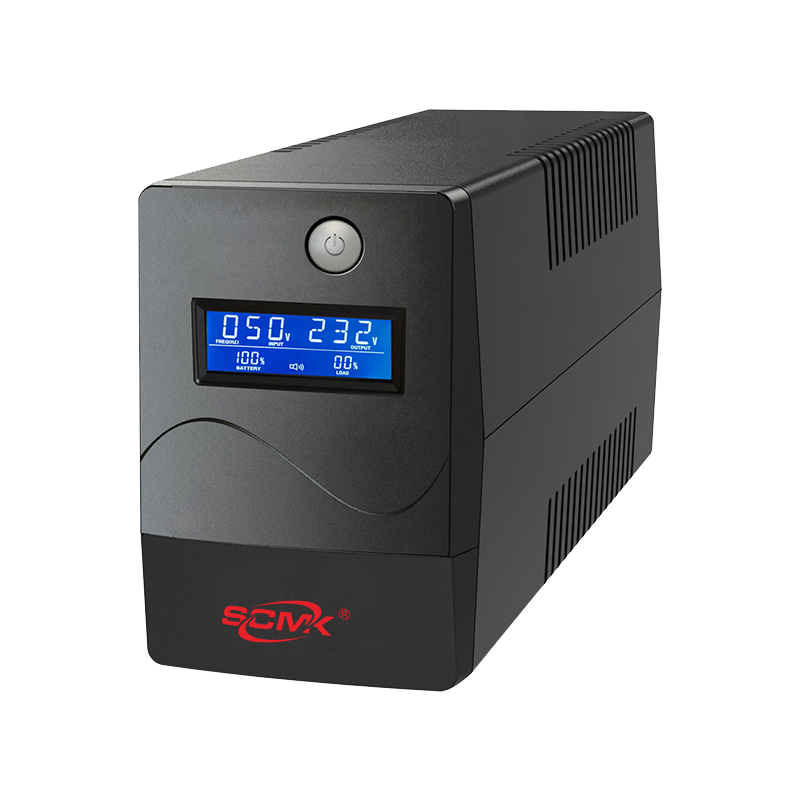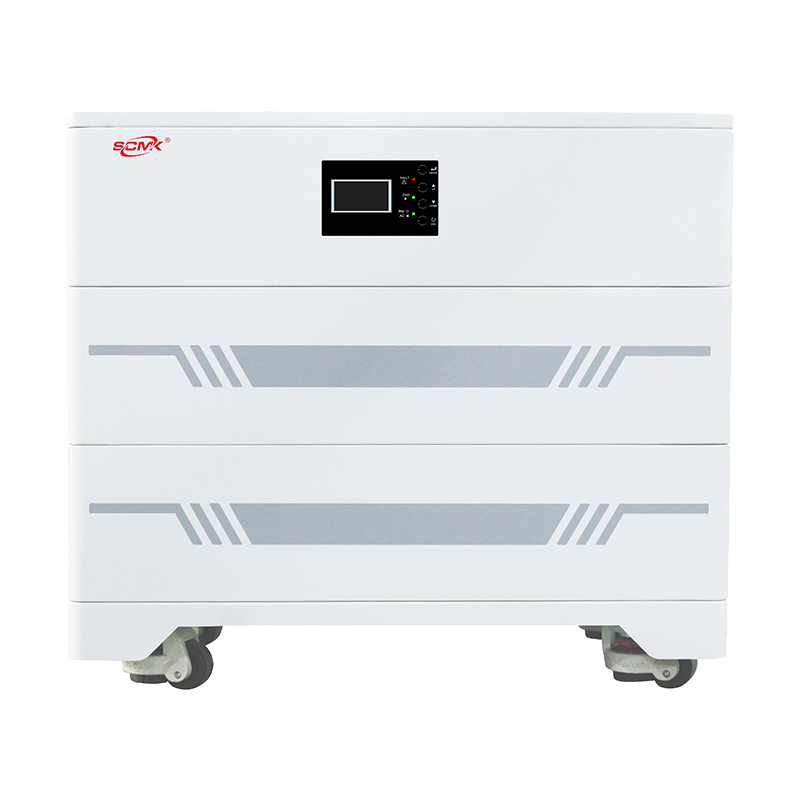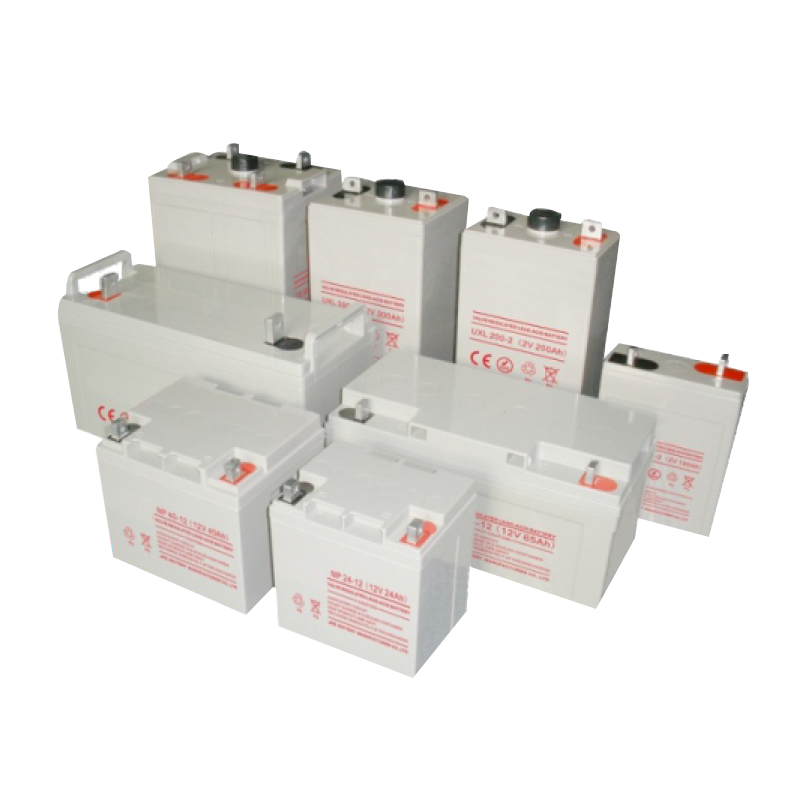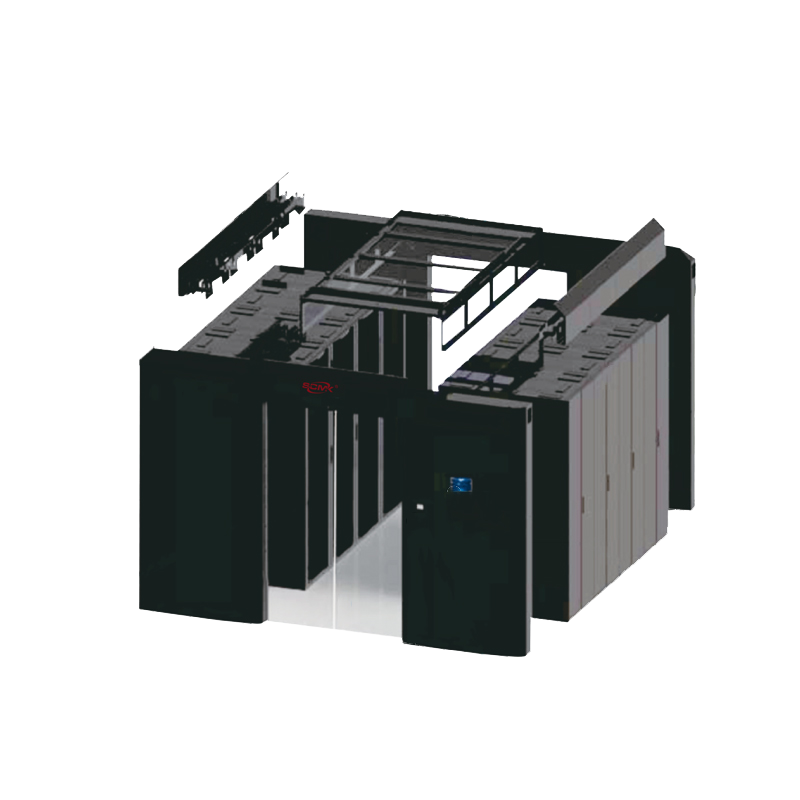 Language
Language
Firstly, check the insulation of the UPS. In the solar inverter EP2000, the DC ground of the component is suspended and isolated from the frame. Therefore, the insulation between the component and the frame must be considered, as there is usually a potential voltage difference of several tens of volts between the component and the frame< br/>
2、 Secondly, it is necessary to read out the fault alarm information of the UPS display
III. Zero voltage reference point
1. PCBALIPFULT (power board fault)
Check and analyze:
1) Check whether the input voltage of ALIP is normal< 2) Check if there is a short circuit in the output of the ALIP board. The surge current at the moment of PC board startup may cause a short circuit in the output of the ALIP board, causing the protection circuit of the ALIP board to act or damage it<
2. EMERGENCYPOWOFF Emergency stop
Possible causes:
1) On the FLIP board, check if the jumper wire between the 1-2 contacts of XR9 is properly connected< 2) Track and observe whether the "emergency power off" signal is abnormal on the FLIP board and AQCP<
3) If the small transformer used for FILP analysis is orange yellow and the model is SIRIO, short circuit the R108 resistor (10KW) on the AQCP analysis or replace the AQCP board< br/>
3、PCBAQCP/AQOP/CANP/CHAPODUP/AFIP/DISPFAULT
The first reason is to replace the displayed PC board. If the fault still persists, check the connection and replace the CANP board< br/>
The second reason: If the self diagnosis shows that several boards are faulty, replace the CANP board< br/>
4、COFPFAULT
Possible reasons:
1) When starting the UPS, when the switch Q1 is closed, the UPS drives all PC boards and analyzes the various responses sent by each board. In order to obtain relevant responses from the remote control, the power supply of the remote control must be turned on first compared to the UPS. That is, when starting the UPS, the Q4S switch must be turned on first, and then the Q1 switch must be turned on. If both the UPS and the remote control are turned on, a diagnostic function program is used to reset them< 2) Check if the input power supply (220V) of the remote control is normal, and if the FU23 and FU22 (2A) fuses on the FILP board are blown<
3) Has the R35 resistor on the AFIP board on the remote control been removed? Normally, it is not present<
4) If the remote control is not connected but the above phenomenon still occurs:
a) Check if the internal program preset of UPS is normal< B) Check the connection between PC boards< C) Replace the CANP board< br/>
5、 Battery malfunction
1) The first cause is a very strong hydrogen odor and oxidation of copper or brass components; The batteries expand rapidly and are squeezed together one by one. In order to determine the cause, we must determine whether these occurred within a relatively short period of time (8-10 hours). If so, the possible cause is a regulation fault, which may be caused by PC board CHAP or AQCP. A charger startup test can be conducted (QF1 disconnected), and the actual DC voltage can be checked< 2) The second reason is battery expansion. If the inverter has been turned off for a long time and the temperature may have dropped, check its quantity and corresponding float charging voltage; Identify the short circuited battery< 3) Add an inductive coil on the DC line to reduce the AC component< 4) Check the tightness of the battery terminals< 5) Check the sampling and return information of the splitter< 6) Check the operation of the charger< If a fault occurs or "MAXBATTFAULT" is displayed, it may be an AQCP, CANP, or CHAP fault<
6. BATTERY0V
1) Check the wiring of the splitter sampler (the splitter value between the first and second pins of XF1324 is approximately)< 2) Check the battery status (discharge, etc.)< 3) Compare the actual voltage value with the displayed value, determine the cause based on the observed error, and replace the PC board AQCP or CANP< 4) Check the static switch (S.S)< If fuse FU6 blows, battery current monitoring will stop< br/>
7、M2RCFUBLOWN
8、FU1RU2RUSEBLOWN
Reason:
1) AILP board failure< 2) Instantaneous high voltage surge from external power grid< br/>
9、FU3BLOWN
Reason:
1) AQCP board malfunction< br/>
2)C6、C7、C8、 Leakage (719162P FILP)
3) C3, C6, C9, Leakage (6716730 FILP)
10, FU4BLOW
1) Check the insulation resistance between the DC ground and the cabinet< 2) Check whether the capacitors on the FILP board have leakage or breakdown< br/>
11、FU6FU9BLOWN
Reason:
1) ALIP board failure<
2) K3N coil short circuited
12. InputFUSEBLOW
1) Check if the thyristor of the charger is in good condition< 2) Check for DC short circuits< 3) Check the insulation between the positive and negative plates of the battery and the ground< 4) Replace the CHAP board and then the charger module (a faulty CHAP board may damage the new charger)<
13. INVRUSEBLOW
These fuses usually blow when the load switches to the inverter due to an excessive circulating current in the output transformer.
< br/>
To identify the cause, the following checks can be performed:
1) Disconnect the Q4S switch, use the forced method to start the inverter, and force it to switch to the load< 2) Check whether the static switch thyristor is in good condition and whether the K3N coil is normal< br/>
If the LED on the panel goes out during switching, it may indicate a thyristor fault in the static switch, or a phase sequence and phase fault in the inverter< 3) Check the input resistance and capacitance protection circuit of power supply 2< 4) Check if the neutral wire of the power supply meets the standards< 5) Check if the grounding of the inverter cabinet and battery cabinet (rack) is good< 6) Check for short circuits in the load< br/>
14、LEGXDESATURATION
Main reasons:
① Inverter failure (transistor or control board)<
② ODUP board fault
15, INVLEGXPOWERSUPPLYFAIL
16, INVSTART-UPFAILURE
17, INVCURRENTLIMIT
18, INTERFERENCEFAULT (* fault)
19, S.SORK3NRESPONSFAULT
1) Static switch fault
2) K3N fault
3) K3N coil power supply problem
20. WRONGM1PHSEQ
1) If the fault occurs during the first startup, check if the mains power input is correct< If the fault occurs during machine operation and the charger stops and displays the message "WRONGM1PHSEQ"<
21. OUTPUTOVERLOAD
1) First, determine whether the load is truly overloaded< 2) Start the loads one by one and see which load has excessive starting current or mechanical blockage< br/>
22、 All lights on the panel are usually on due to AFIP board failure. 23. UPSFANFAILURE (FPS fan failure). 1) Check if the fan wiring and plugs are loose and if there is any abnormal noise< br/>
Check if the fuses FU13, 14, 15, 16 (2A) on the FILP board are functioning properly< 2) Check if the voltage between pins 10/11 of the AQOP board XM603 is 0V. This value can be measured at resistance R37 on the AQOP board. If UR37=0V, it is normal< If the above measurement values are correct but still display "INVFANFAILURE", replace the AQOP board< If the AQOP board remains the same after replacement, then TQ1 on the FILP board is faulty<
24. Overtemperature and microswitch failure
1) Check the source and cause of overheating and try to eliminate it< 2) Check if the auxiliary switch is working properly< 3) Check if the 24V voltage signal is normal<
4) A self functional testing program can be performed to eliminate the diagnosed fault area<
5) The fault may also come from the 24V power supply. Check if the 24V output voltage of the AILP board is normal. It has two 24V outputs, one at XM102 and the other at XM101< br/>
25、 No 24V voltage
26, No+12V voltage
27, No -12V voltage
28, No+16V voltage
29, No -16V voltage
&Nbsp;








































































